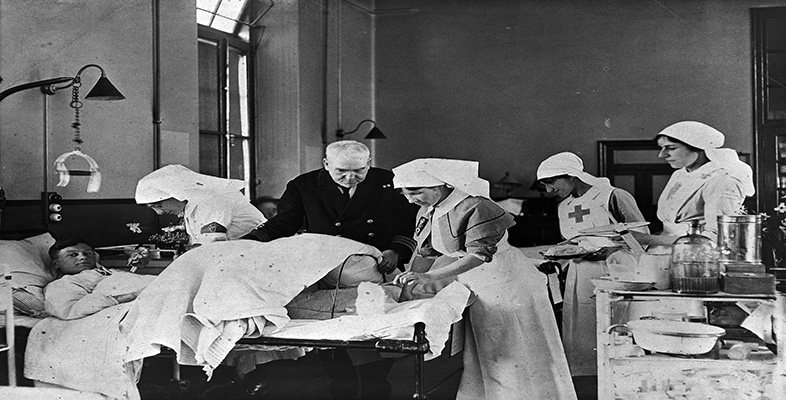4 The rise of the asylum
4.1 Introduction
In the nineteenth century, the asylum became – as never before – the accepted place for the care and treatment of insanity. Until that time, people suffering from mental disorders were mostly cared for at home. Of the few institutions that offered care, most were rather small. They were funded by a combination of fees charged to patients and charitable donations or subscriptions. From the early nineteenth century, the number of asylums increased all over Europe as governments accepted a responsibility to care for the mentally ill via various (but strikingly consistent) means and timescales. Most importantly, by the 1840s and 1850s, most European governments required local authorities to build asylums. Yet this shift was not directed solely by central government. From the later eighteenth century, local Poor Law boards, regional departments, townships and other local authorities, as well as a range of private benefactors, individual social reformers and charitable agencies, were agitating for the establishment of larger-scale, purpose-built asylum accommodation. While significant opposition to asylum-building persisted at national and local levels, there was an increase in both the number and the size of such institutions. British Victorian asylums were massive complexes of buildings. County and borough asylums were catering, on average, for over 800 patients by 1890, and some were accommodating over 1,000 inmates, with growing (but often inadequate) numbers of staff to see to their needs. The rise of the asylum was not just about bricks and mortar: governments created regulatory bodies to oversee the care offered by institutions, and comprehensive bodies of lunacy legislation. (This complex of institutions, laws and agencies is referred to as asylumdom.)
